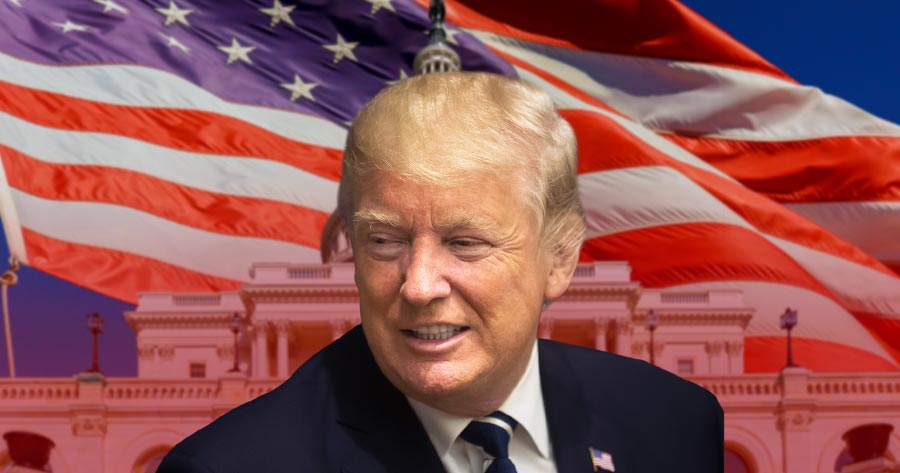President Donald Trump has launched the first of a series of formal warnings to major US trading partners, signaling his intent to impose higher tariffs even as he kept open the prospect for further talks and postponed any increases until at least August 1, 2025.
On Thursday, Trump began by dispatching notifications laying out an initial plan to introduce 25% tariffs on imports from Japan and South Korea. Over the course of the afternoon, more notifications followed, referencing potential levies on goods from additional countries, such as South Africa, Indonesia, Thailand, and Cambodia.
Later in the day, speaking at the White House, Trump indicated satisfaction with simply enforcing the duties on most nations, though he acknowledged ongoing negotiations with several others—specifically noting India as being close to a resolution. “We’ve made a deal with United Kingdom, we’ve made a deal with China, we’ve made a deal — we’re close to making a deal with India,” said Trump. “Others we met with, we don’t think we’re going to be able to make a deal. So we just send them a letter.”
Despite the stepped-up pressure, Trump hinted that the deadline and tariff rates remain adjustable, emphasizing his willingness to keep discussions open for those nations actively seeking compromise. He described the August 1 date as “not 100% firm,” and admitted changes could still be made based on ongoing negotiations.
“We’re not going to be unfair,” said Trump.
Trump’s remarks came just after signing an executive order that formally defers the tariff increases until August 1, 2025 for all countries subject to the proposed “reciprocal” tariffs, providing those nations about three additional weeks to negotiate with Washington.
Trump also made clear in his letters: “If for any reason you decide to raise your Tariffs, then, whatever the number you choose to raise them by will be added” to the threatened levels, reinforcing the US administration’s hardline stance while maintaining the possibility for negotiation.





